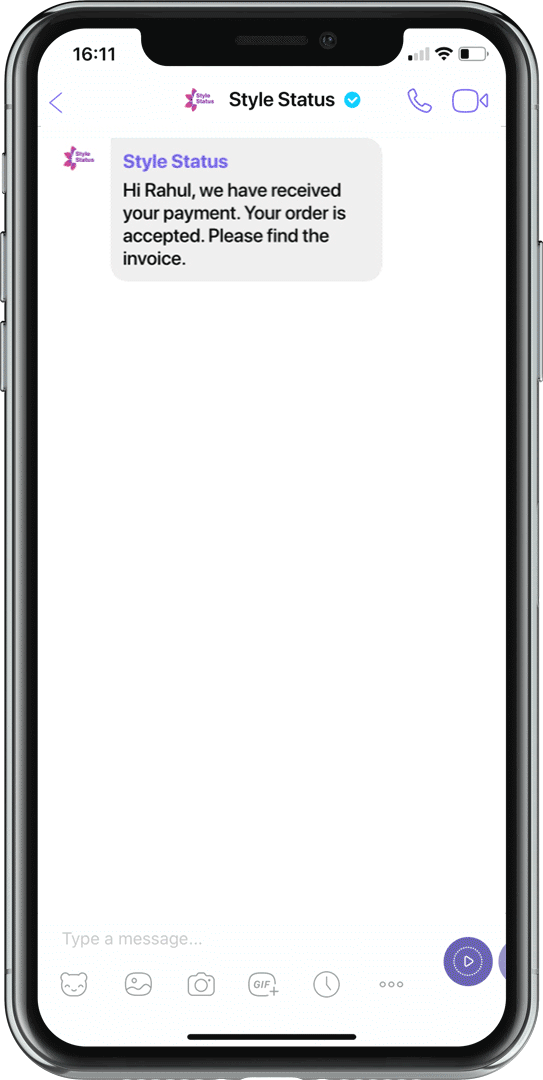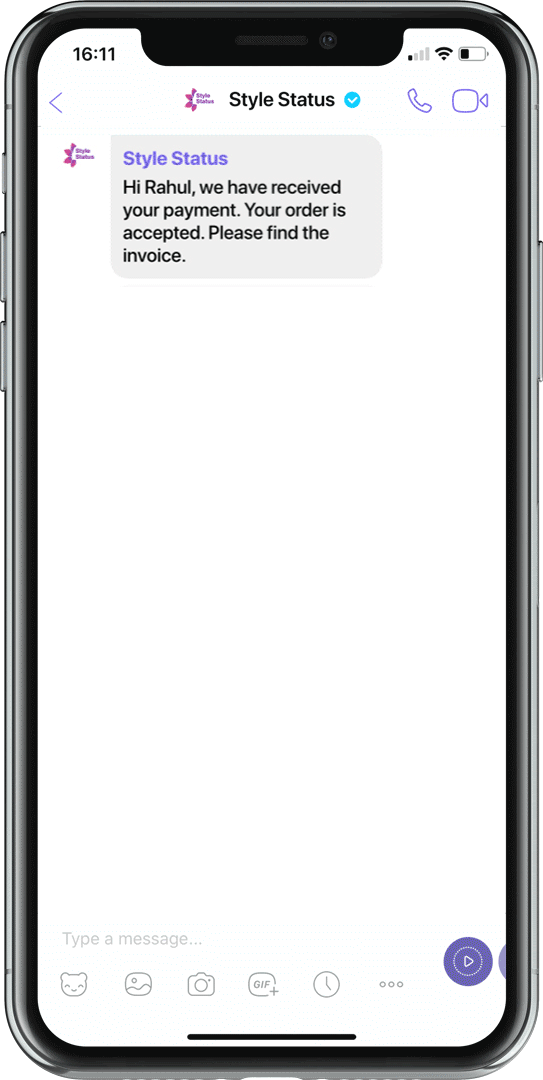Key Highlights
- Introduction
- Programmable Contact Centre
- Its Market Need
- Current Requirement
- Salient Features
- Benefits
- It’s Utility During Pandemic
- End Thought
Introduction-
Enterprises need to match growing customer demands, optimise their existing IT ecosystem and use a technology that can ensure a seamless customer experience. In a nutshell, businesses demand a flexible, agile, and alert technology, supported by responsive decision making that enhances the customer experience.
Sample Chatbot without Live Agent

Sample Chatbot with Live Agent

A programmable contact centre frees a contact domain that’s ‘rigid’ in its operation. Thus, an enterprise isn’t saddled with a fixed set of apps and channels. This flexibility makes the enterprise control the experience it serves to customers. The programmable contact centre comes as a default omnichannel solution that the enterprise can customise. Customisation is done based on an audience analysis. The enterprise adds and removes apps and services from the default solution to customise it from the perspective of :
Communication channels:
Retain only those channels that are needed for seamless customer communication.
User interface:
Integrate tools and add brand elements to change the appearance of the interface.
Call route:
Create customer-specific call routes that may take a call back to the original agent of interaction, or is given first priority.
Workflow:
Determine what the customer interacts with after contacting the centre. For example, an announcement or a self-service option.
Thus, enterprises can achieve a clear and systematic approach that channels support, enhances the overall performance, and provides an analytical report to help keep up with the constantly changing customer behaviour and preferences. Programmable contact centres incorporate all these aspects and provide a high level of agility and transformational qualities.
Recently, social distancing has led people to miss human interaction. Whenever a problem occurs, people prefer to have a quick one-on-one interaction with the concerned person, and that’s when programmable contact centres come under the limelight!
These contact centre solutions are primarily invented to have a seamless interaction with customers and solve their queries as soon as they arrive. This way it becomes easy for the live agent to address the problem and provide exclusive customer service paving the road for a strong customer relationship.
Programmable contact centres, also known as cloud-based contact centres, help enterprises to overcome customer behaviour that grows and varys. Digital intelligence, cloud technology, Internet of Things (IoT), and artificial intelligence (AI) are the drivers of contact centre evolution. Programmable contact centres are diving into automation, reliability, and responsiveness.
They are changing the traditional rigid approach to contact centre deployment and management. This is done through quick deployment for large and small enterprises, advanced opportunities for scalability, and all the customisation that teams need to build better outcomes for customers and agents alike.
User utility
Productivity insights
Programmable contact centres can be designed as per business requirements for a customer’s transactional journey. The enterprise selects communication channels and implements APIs with exclusive features that match these requirements. Programmable contact centres offer an enhanced monitoring process that provides productive insights and allows agents to work with an integrated dashboard using cloud-based technology.
In the end, seamless communication is driven by insights to provide better customer experience.
Higher conversion rate
Programmable contact centres emphasize more on having seamless customer interactions with fast query resolution. This increases conversion rates and helps organisations to build long-term relationships with existing and potential customers.
Simple console management
Detailed analytics and performance reports make it easy for enterprises to pinpoint pain areas. That’s not all, as the contact centres also let businesses completely control all call management activities.
Cloud-based software
Programmable contact centres refer to cloud contact systems that offer one-click integrations with dozens of standard CRM and personnel management tools. This results in an enriched and enhanced agent experience that maximises efficiency, productivity, and reduces data redundancy.
Benefits
Omnichannel experience
Programmable contact centres provide a holistic approach and allow the customer or decision-maker to access multiple systems from a single location manipulating /influencing their data-driven purchase decisions . Contact centres also help agents to communicate seamlessly with customers, and thus avoid unnecessary expenses in terms of time and money.
Easy integration
Programmable contact centres use omnichannel and cloud-based solutions and thus make it easy for businesses to integrate with other sources of communication channels. Channels include Voice, RCS Business Messaging, Viber Business Messaging, SMS, Email, WhatsApp Business Solutions, Facebook Messenger, WebChat, and others.
Easy deployment
Enterprises can easily design and deploy cloud-based contact centres that are tailored for each enterprise. Since it’s a hardware-free contact centre, the implementation process is fast without any hassle of license maintenance or system upgrades.
Cost reduction
Programmable contact centres use cloud communication platforms that reduce and bring administrative and other costs under control. In other words, it helps the enterprise maintain lower rates with better service solutions, thereby giving it an advantageous market position.
Easy to connect with the customers
Programmable contact centres provide the management with flexible services to meet customers’ changing requirements by letting the latter get in touch with the agents and vice-versa. Agents come in direct contact with the customers, and as a result of which they are able to receive first-hand feedback about products and services. This valuable feedback, in turn, helps the company to improve upon the services and make changes accordingly.
Flexibility on connecting with the CRM
Programmable contact centres are API based. Businesses can create an experience that anticipates customers’ needs, addresses their problems, and provides top-notch service. Couple this with a CRM, and an enterprise can easily gather its customer data from multiple sources within the CRM, and provide a personalised experience every single time.
Completely programmable dashboard
To enhance the customer experience, programmable contact centres use completely programmable dashboards. Customers can first register their queries with the help of a chatbot and then agents can get in the picture and assist the customers personally.
Here with the help of a programmable dashboard, enterprises can get access to a lot of data and actionable insights which can then help to monitor the effectiveness of the ongoing campaigns easily & plan for the future ones!
Its utility during the pandemic
As mentioned earlier, a cloud-based programmable contact centre provides speed and flexibility to manage customer service operations using remote personnel. It is safe to claim that these contact centres are few of the most powerful solutions for customer service and are imperative during the Covid-19 outbreak. Today, it seems clear that a programmable contact centre’s features and benefits are vital to keeping customer services up and running during the pandemic.
With agile technology and in-depth data analytics, global businesses are poised to significantly improve upon their offerings, and customer relationships while ensuring the tasks are taken care of by the respective agents.
Due to this reason, opting for programmable contact centres will become an attractive option for both small and medium size businesses alike in the coming years.
That’s not all, with numerous benefits, as per a recent research report the cloud-based programmable contact centres are now estimated to witness exceptional growth and expected to reach USD 44.86 billion by 2025, at a CAGR of 23.11% in the near future too.










